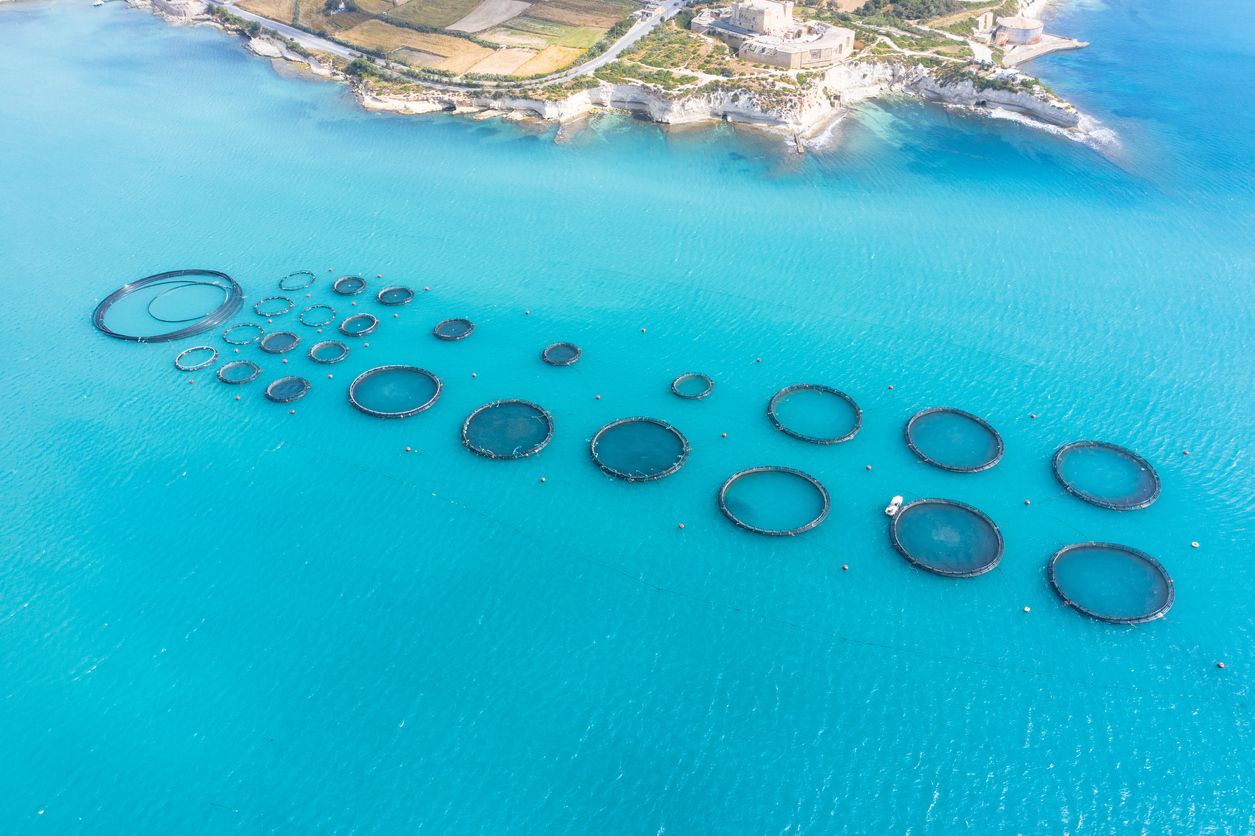As global aquaculture grows in scale and intensity, and governments wise up to the need to regulate it more closely, there’s plenty of call for technology that can foster supply chain transparency while boosting yields, improving welfare, and cranking down on costs.
This is where the Canadian farm management startup Wittaya Aqua is wading in, headed up by CEO Evan Hall. A member of the first cohort of GROW — AgFunder’s and Rocket Seeder’s Singapore-based accelerator — Wittaya is building out a digital platform for aquaculture operations that can help farmers capture, visualize and analyze production data.
In turn, this can give farmers access to faster and better growth models. Wittaya offers software to accurately forecast biomass, body weight and inventory, which allow for harvest planning and maximising yields. (Precise knowledge of harvest is particularly useful; retailers always like to know how many fish are heading their way, and when). The company’s data-crunching also helps farmers to optimise production by measuring their feed conversion ratio, allowing for precise monitoring of feed wastage, and flagging up the risk of disease.
The team also suggests feed formulations tailored for specific production conditions. Part of this nutrition focus comes from the co-founder and CSO Dominique Bureau, who also manages the International Aquaculture Feed Formulation Database. The nutritional data insights can also help feed manufacturers ensure that their produce is meeting the nutritive and digestive requirements of their region, at the lowest cost.
From an environmental protection standpoint, Wittaya’s software can predict the impact of production decisions on the surrounding ecology and minimize environmental impact, making regulatory compliance easier. The issue of environmental regulatory compliance will come under greater scrutiny in the years ahead, both from governments and consumers.
This was a key attraction for GROW according to AgFunder founding partner Michael Dean. “Environmental sustainability is emerging as a key focus for consumers in their food buying choices”, said Dean. “With 80% of the world’s aquaculture production coming from Asia, these small and medium-sized farms need affordable and effective tools like Wittaya’s to ensure sustainable production increases, improved farm efficiencies and proactive disease outbreak prevention”.
Ye olde aquaculture
Any observer of on-land agriculture may wonder whether a cloud-based digital platform sounds like anything special or new in 2020. Yet even today, aquaculture operations are still awash with the archaic use of data. With some notable exceptions, the industry still lags far behind the technological tides of other sectors. A slow pace of global data gathering capacity is one hint at outdated practices. According to the UN FAO’s 2018 State of the World Fisheries and Aquaculture report, global production grew from 154 million tons in 2011 to 170.9 tons in 2016. Looking at the US context, the USDA’s 2018 Census of Aquaculture shows sales reaching $1.5 billion by 2017 — a 10.5% increase over the five years prior. (A close look at this 2017 data set reveals a whopping year for Mollusks, as my colleague Lauren Stine reported, with sales totalling $441.8 million, up 34%; crustacean sales also show up significantly with 18% growth to $100.4 million.)
What this means is there’s a large, growing and digitally clumsy market in the aquaculture space that is in need of fresh tech — not least in the Asia Pacific region, where the FAO has recently stepped up efforts to incentivise and demand better aquaculture governance.
“GROW was a great experience for us as it helped us radically expand our existing network in Asia and set up the proper infrastructure to begin doing business there,” said Wittaya’s operations manager Tom McDonell, staking out the company’s 2020 plans to AFN.
He said the company has just hired aquaculture industry veteran Stephen Gunther, a former technical director of Biomar Scotland, who will drive forward sales. “This was a big hire for us as we aim to ramp up sales and marketing in 2020 and gain market share as fast as possible. Other than that, we’re hard at work on pushing out new features and pounding the pavement with sales development.”
In an interview in Singapore in November, McDonell had criticised the rival current digital offerings on the market, pointing out how they were often lacking in practicality or affordability. Some software solutions offer limited user-friendliness which requires extensive training to use, he says; others are species-specific, or come linked to certain cumbersome hardware options that may prove a liability on the open water, and will not transfer easily to other fish species or other data management software options.
A shoal of rivals
Of course, McDonell is by no means an impartial surveyor of his competition. There will be some healthy rivals to contend with over the next 24 months, as there’s already been a healthy undercurrent of funding seeping into aquaculture innovation in general over the last year or so to help push the sector toward scale and sustainability. Last December, fish and animal feed additives company Adisseo opened a new aquaculture R&D center in Singapore. In 2019, aquaculture-focused firm Aqua-Spark invested in two aquaculture startups, BioFishency and Molofeed, while Indian VC firm Omnivore and accelerator HATCH invested in AI-enabled farm management platform Aquaconnect. In 2018, VisVires New Protein invested in Israeli startup ViAqua to combat viral infections in aquaculture while Norwegian fish feed optimization startup CageEye also captured funding from Aqua-Spark. Asian aquaculture automation startup Umitron raised $11 million from the Japanese government-backed Innovation Network Corporation of Japan and others.
Competitors across this growing ecosystem will be resolving to spend this year either coming together with companies like Wittaya in collaborative shoals — or snapping at each other like piranhas.




